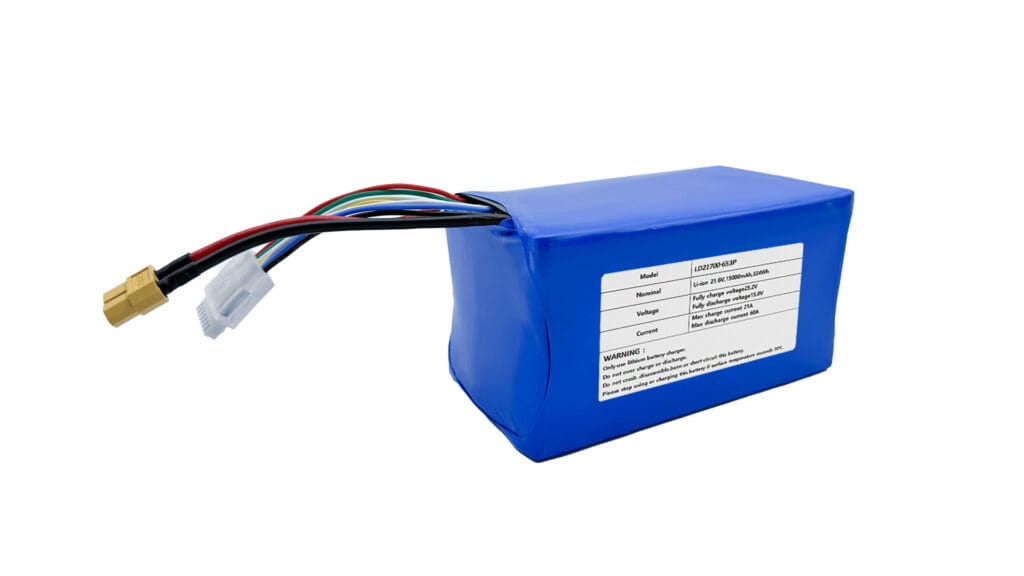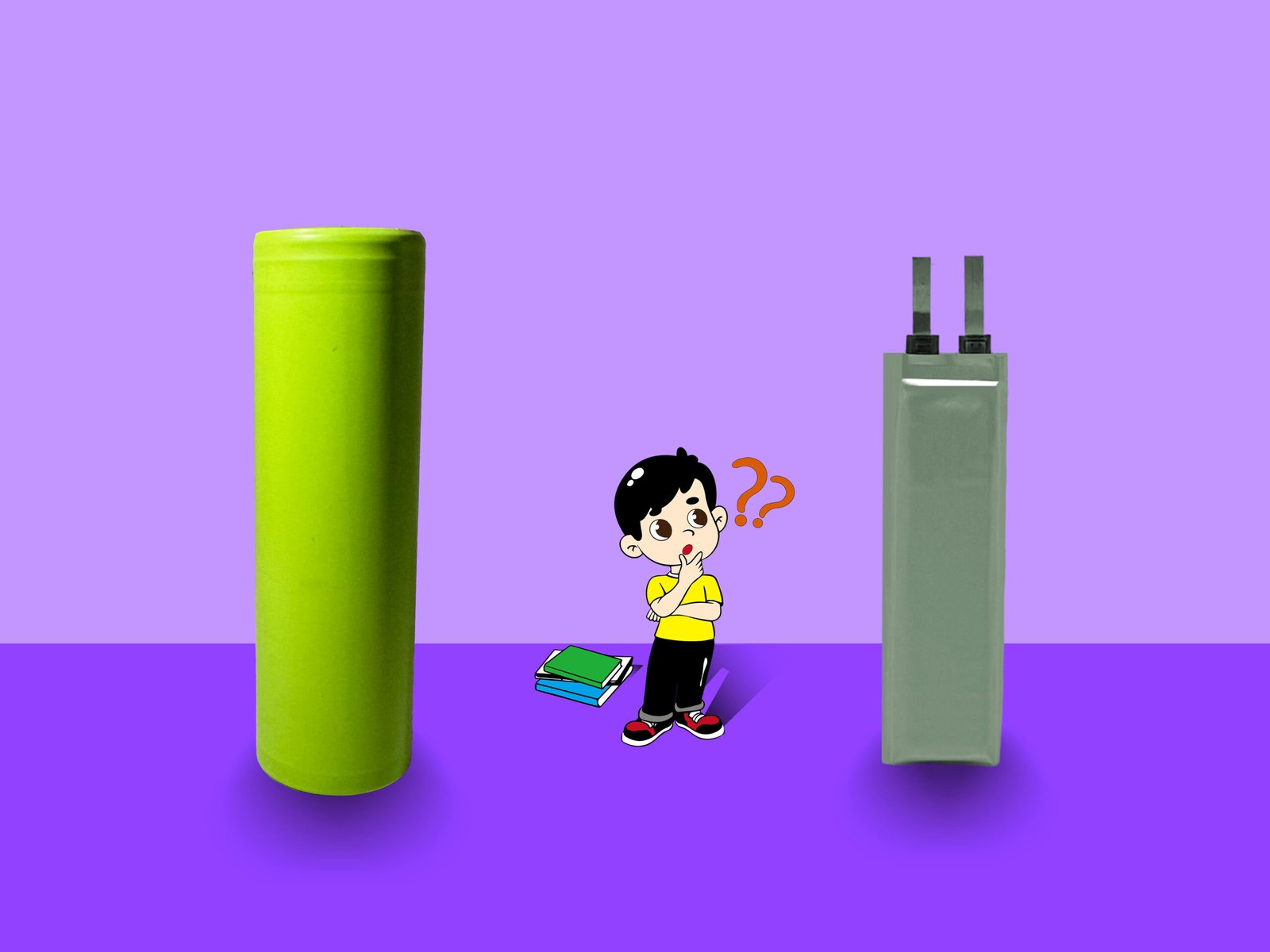Our modern world is increasingly tethered to portable power. From the smartphones in our pockets to the electric vehicles on our roads, efficient and reliable energy storage is paramount. For years, lithium-ion batteries have reigned supreme, powering this revolution. However, the quest for even greater performance has led to the emergence of promising alternatives, with silicon carbon batteries gaining significant attention. This article delves into a comprehensive comparison of silicon carbon battery vs lithium-ion, exploring their underlying technologies, strengths, weaknesses, and the potential future they hold for powering our lives.
Understanding Lithium-Ionen-Batterien
Lithium-ion (Li-ion) technology, now a household name, relies on the movement of lithium ions between two electrodes: the anode (typically graphite) and the cathode (often a lithium metal oxide), separated by an electrolyte. During discharge, lithium ions move from the anode to the cathode, generating an electric current. Charging reverses this process.
The Basics of Li-ion Technology: The magic lies in the reversible intercalation (insertion and extraction) of lithium ions within the electrode materials. Graphite, with its layered structure, has been a workhorse anode material, allowing for stable lithium intercalation. Common cathode materials include Lithium Cobalt Oxide (LCO), Lithium Manganese Oxide (LMO), Lithium Nickel Manganese Cobalt Oxide (NMC), Lithium Nickel Cobalt Aluminum Oxide (NCA), and Lithium Iron Phosphate (LFP), each offering different performance characteristics. A typical Li-ion cell operates within a voltage range of 3.0 to 4.2V.
Strengths of Lithium-Ion Batteries: Li-ion batteries boast a high energy density compared to older technologies like nickel-cadmium or lead-acid, allowing for smaller and lighter devices. They also offer a relatively long cycle life, meaning they can be recharged many times before significant degradation occurs. Furthermore, Li-ion batteries do not suffer from the “memory effect,” where repeated partial discharges can reduce capacity. Their versatility has made them the go-to power source for a vast array of applications, from consumer electronics to electric vehicles. The insights into the lithium-ion battery market continue to show its dominance, driven by ongoing refinements in materials and manufacturing.
Limitations of Lithium-Ion Batteries: Despite their success, Li-ion batteries have limitations. The energy density achievable with graphite anodes is plateauing, hindering further significant increases in range for EVs and battery life for portable devices. Safety remains a concern, with the potential for thermal runaway under certain conditions. Charging speeds, while improving, can still be a bottleneck for many users. Finally, the cost, especially for high-performance applications requiring large battery packs, remains a significant factor. The theoretical capacity of a graphite anode is around 372 mAh/g, a limit that researchers are actively trying to overcome.
The Rise of Silicon Carbon Batteries
To push the boundaries of energy storage, researchers have turned to new materials, and silicon has emerged as a particularly promising candidate for anode materials. Silicon possesses a remarkably high theoretical lithium-ion storage capacity, about ten times that of graphite (around 4200 mAh/g). This potential for higher energy density is the primary driver behind the development of silicon-based batteries. However, pure silicon anodes suffer from massive volume expansion (up to 300%) during lithium insertion and contraction during extraction, leading to pulverization and rapid capacity fade.
What are Silicon Carbon Batteries? Silicon carbon (Si-C) batteries address this challenge by using composite materials where silicon nanoparticles or porous silicon structures are integrated into a carbon matrix (e.g., graphene, carbon nanotubes, amorphous carbon). The carbon component provides structural support, maintains electrical conductivity, and helps to buffer the volume changes of silicon. Advancements in silicon anode technology are crucial to realizing the full potential of these batteries.
Advantages of Silicon Carbon Batteries: The incorporation of silicon allows Si-C batteries to potentially achieve significantly higher energy densities compared to traditional Li-ion, translating to longer ranges for EVs and extended usage times for portable electronics. The enhanced lithium-ion kinetics associated with silicon can also lead to faster charging capabilities. Depending on the specific design and materials used, Si-C batteries may also offer a longer lifespan in some configurations.
Challenges of Silicon Carbon Batteries: Despite the promise, Si-C technology faces hurdles. The volume expansion of silicon, while mitigated by the carbon matrix, still presents a challenge for long-term stability. The synthesis and manufacturing of consistent and high-performing silicon-carbon composites can be complex and costly. As a result, Si-C batteries often come with a higher price tag compared to standard Li-ion, although this is expected to decrease with mass production and technological advancements. The significant percentage volume expansion of silicon during lithiation requires careful engineering of the composite structure.
Silicon Carbon Battery vs Lithium-Ion: A Direct Comparison
Let’s now directly compare these two battery technologies across key performance metrics:
Die Energiedichte: Lithium-ion batteries typically offer energy densities ranging from 100-265 Wh/kg. Silicon carbon batteries, leveraging silicon’s higher capacity, have the potential to push this significantly higher, with some promising designs already demonstrating energy densities in the range of 200-300+ Wh/kg. This difference could be transformative for electric vehicles, leading to longer driving ranges without increasing battery pack size or weight.
Aufladegeschwindigkeit: The faster lithium-ion kinetics in silicon can contribute to quicker charging times in Si-C batteries. While standard Li-ion charging times vary widely, Si-C technology holds the promise of significantly reducing these times, making electric vehicle charging more convenient and comparable to refueling a gasoline car.
Zyklus Lebensdauer: Traditional Li-ion batteries can often achieve thousands of charge-discharge cycles with minimal degradation. Early Si-C batteries sometimes faced challenges with cycle life due to silicon’s volume changes. However, advancements in composite materials and cell design are leading to Si-C batteries with cycle lives comparable to, and in some cases exceeding, those of conventional Li-ion.
Sicherheit: Both Li-ion and Si-C batteries have safety considerations. Li-ion batteries are susceptible to thermal runaway if mishandled or damaged, leading to fires. The safety profile of Si-C batteries is still being thoroughly evaluated, and it depends heavily on the specific materials and cell design. There isn’t a definitive answer yet on whether one is inherently safer than the other; both require robust safety mechanisms.
Kosten: Currently, silicon carbon batteries tend to be more expensive than mass-produced lithium-ion batteries due to the more complex materials and manufacturing processes. However, as Si-C technology matures and production scales up, costs are expected to decrease, potentially making them more competitive in the future.
Environmental Impact: The environmental impact of both battery types involves considerations like the sourcing of raw materials (lithium, cobalt, silicon, graphite), manufacturing processes, and recyclability. Both technologies are under scrutiny to improve their sustainability throughout their lifecycle.
Applications and the Future Outlook
Given their potential for higher energy density and faster charging, silicon carbon batteries are poised to make a significant impact in applications where these factors are critical. Electric vehicles are a prime target, where Si-C batteries could enable longer ranges and quicker charging stops. High-performance consumer electronics, such as laptops and drones, could also benefit from the enhanced energy density, leading to longer battery life in smaller and lighter devices.
While it’s unlikely that Si-C batteries will entirely replace Li-ion in the near future, they are expected to carve out significant niches, particularly in premium and high-performance applications. The future of battery technology likely involves a coexistence of various chemistries tailored to specific needs. Ongoing research continues to push the boundaries of both Li-ion and Si-C technologies, promising further advancements in performance, safety, and cost.
Fazit
In the race to power our future, both lithium-ion and silicon carbon batteries play crucial roles. Li-ion technology, with its established infrastructure and continuous improvements, remains the dominant force. However, silicon carbon batteries offer a compelling path towards higher energy densities and faster charging, albeit with ongoing challenges in cost and scalability. Ultimately, the “better” battery depends on the specific application requirements, and the future likely holds a diverse landscape of energy storage solutions, with both technologies evolving and finding their optimal uses.
FAQ
- What is the main difference between a silicon carbon battery and a lithium-ion battery? The primary difference lies in the anode material. Standard Li-ion batteries typically use graphite, while silicon carbon batteries use a composite of silicon and carbon to achieve higher energy storage potential.
- Are silicon carbon batteries better than lithium-ion batteries? Not necessarily “better” in all aspects. Si-C batteries offer potential advantages in energy density and charging speed, but may currently be more expensive and have different cycle life characteristics depending on the design.
- Do silicon carbon batteries charge faster than lithium-ion batteries? Yes, potentially. The enhanced lithium-ion kinetics associated with silicon can lead to faster charging capabilities compared to traditional Li-ion.
- Are silicon carbon batteries more expensive than lithium-ion batteries? Generally, yes, at present. The more complex materials and manufacturing of Si-C batteries often result in higher costs, although this is expected to decrease over time.
- Will silicon carbon batteries replace lithium-ion batteries in the future? It’s more likely that they will coexist, with Si-C batteries finding their niche in applications demanding high performance, while Li-ion continues to be used widely due to its established cost-effectiveness.
- What are the advantages of using silicon in a battery anode? Silicon has a significantly higher theoretical lithium-ion storage capacity compared to graphite, which can lead to batteries with greater energy density.





